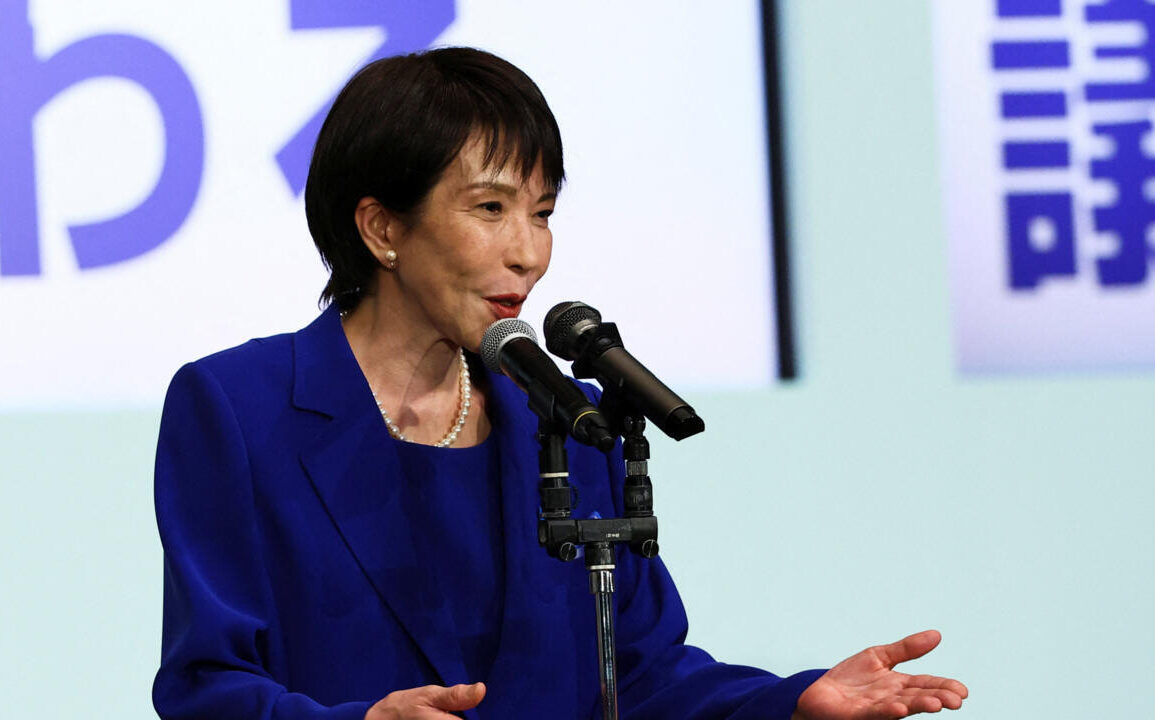On October 4, 2025, Sanae Takaichi made history by becoming the first woman elected as the leader of Japan’s Liberal Democratic Party (LDP), setting her on course to become the country’s first female prime minister. Her victory, confirmed after a run-off vote against Shinjiro Koizumi, marks a significant moment for Japan, a nation ranked low on the World Economic Forum’s Global Gender Gap index. However, as Takaichi prepares to take office on October 15, she faces daunting challenges inherited from her predecessor, Shigeru Ishiba, whose brief tenure was overwhelmed by Japan’s economic and demographic crises.
A Trailblazer with a Controversial Stance
Takaichi, often called Japan’s “Iron Lady” after her idol Margaret Thatcher, brings a bold and polarizing presence to the political stage. A protégé of former Prime Minister Shinzo Abe, she is known for her staunch conservatism, which some critics label as ultranationalism. Her visits to the Yasukuni Shrine, which honors Japan’s war dead, including Second World War criminals, have sparked controversy. She also advocates for revising Japan’s constitution to loosen restrictions on its Self-Defense Forces, which are limited to non-offensive capabilities and specific overseas roles, like UN peacekeeping.
Unlike many Japanese leaders who come from political dynasties, Takaichi’s background is more humble. Born in Nara Prefecture in 1961, her father was an office worker, and her mother was a police officer. Before entering politics in 1993, Takaichi worked as a television host and was an avid heavy metal drummer, known for breaking drumsticks during intense performances. She also enjoys scuba diving and car racing, with her Toyota Supra displayed in a Nara museum. Her personal life is equally distinctive: she has married and divorced the same man, former Diet member Taku Yamamoto, twice, with Yamamoto taking her surname after their 2021 remarriage.
Japan’s Deep-Rooted Challenges
Takaichi steps into a role burdened by Japan’s intertwined demographic and economic crises. The country’s population is shrinking rapidly, with 686,061 births and over 1.5 million deaths last year, raising concerns that Japan could lose a million people annually. Nearly a third of its 123 million citizens are over 65, straining social and healthcare systems. Schools are closing at a rate of about 450 per year, even in urban areas like Tokyo and Osaka, as rural and city populations decline.
Economically, Japan faces a national debt equivalent to 235% of its GDP, limiting government spending options. The weak yen has driven up the cost of imported food, a significant issue for a country reliant on foreign supplies. The Curry Rice Price Index, which tracks the cost of a popular dish, rose 45% in July 2025 compared to two years prior, reflecting inflation’s impact on everyday life. Wages have not kept pace, particularly affecting younger generations who face stagnant incomes, high living costs, and job insecurity.
These challenges contributed to the downfall of Shigeru Ishiba, who resigned after less than a year as prime minister. His handling of economic issues and U.S. tariff threats, despite securing a reduction from 25% to 15% on Japanese exports, drew criticism. The LDP also lost its parliamentary majority in both houses, a historic first in its 70-year history, as voters turned to populist parties like the Democratic Party for the People and the right-wing Sanseito, which campaigns on a “Japanese First” platform.
Takaichi’s Vision and Obstacles
Takaichi’s campaign focused on economic relief, promising tax breaks and increased government investment in AI, semiconductors, nuclear fusion, and food self-sufficiency. She aims to revive “Abenomics,” Shinzo Abe’s strategy of high public spending and low-cost borrowing, and continue promoting tourism, which brought 36.9 million visitors to Japan last year. However, her conservative views, particularly her opposition to allowing married couples to keep separate surnames and her stance against women becoming emperor, have drawn criticism from feminists and younger voters.
To address Japan’s aging population and low birth rates, Takaichi has proposed policies informed by her personal experiences with caregiving. These include tax-deductible babysitter fees, corporate tax breaks for in-house childcare, and expanded hospital services for women’s health. She has vowed to create a society where people can balance careers with caregiving and child-rearing responsibilities.
Can She Succeed?
Takaichi’s leadership comes at a critical time for the LDP, which is struggling to regain voter trust amid economic stagnation and competition from populist parties. Her right-wing stance may help win back conservative voters who have shifted to Sanseito, but she must also appeal to a broader base frustrated with the status quo. If she fails to address Japan’s systemic issues, her rival Koizumi, who promised similar tax relief, may soon get his chance to lead.
As Japan’s first female prime minister, Takaichi’s colorful background and bold vision bring fresh energy to a struggling political landscape. However, with a shrinking population, a massive debt, and rising costs, her ability to deliver meaningful change will determine whether she can truly become Japan’s “Iron Lady.”








